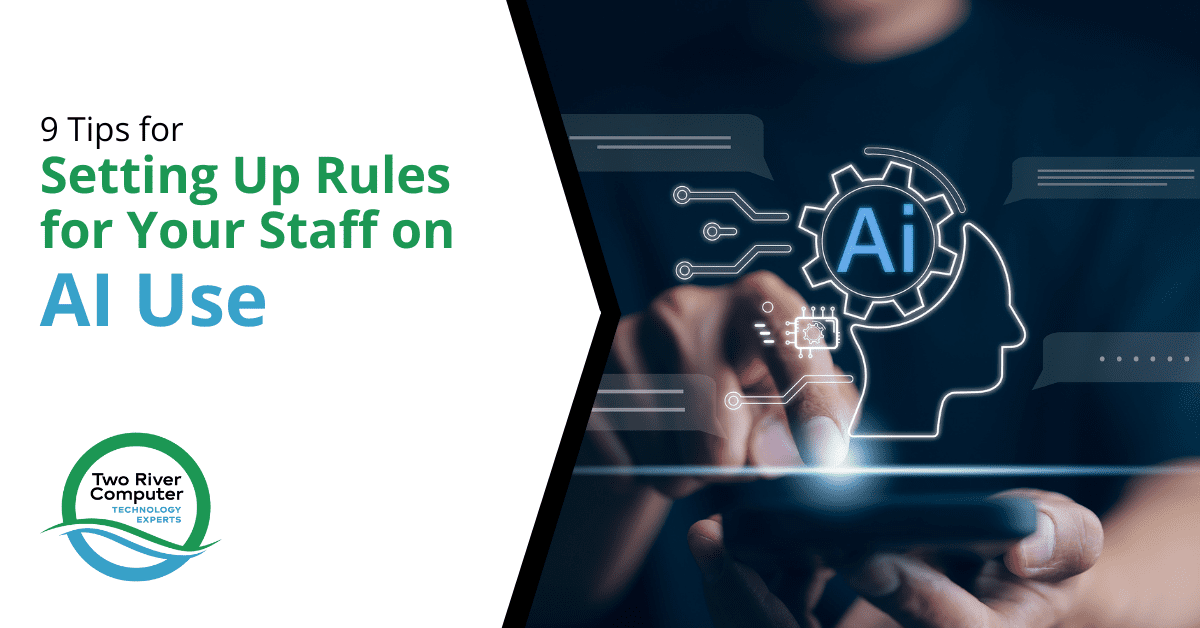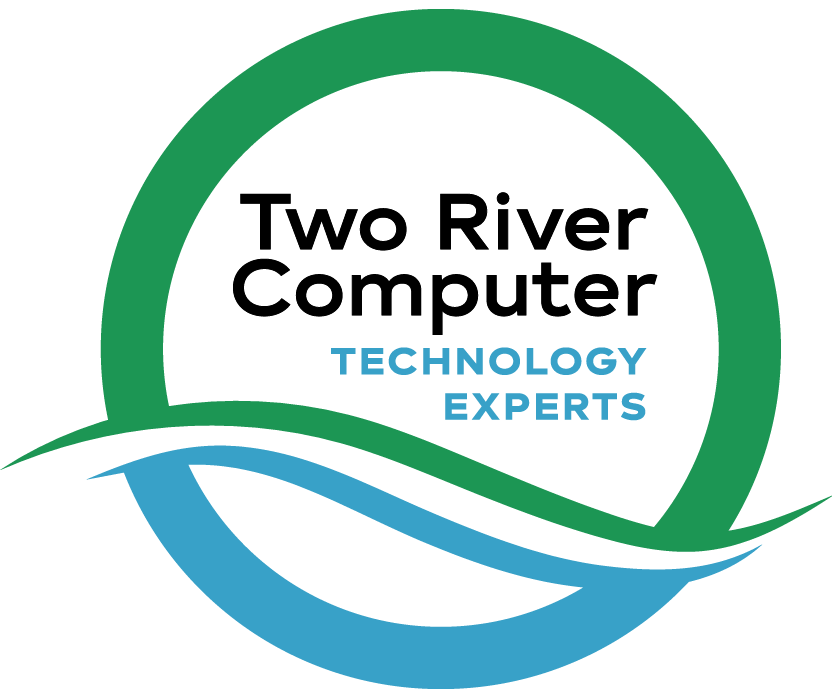
In today’s rapidly evolving technological landscape, the integration of artificial intelligence (AI) in the workplace has become inevitable. As businesses embrace AI to enhance productivity and streamline processes, it becomes crucial to establish clear guidelines for staff on its usage.
Implementing effective rules not only ensures a harmonious work environment but also mitigates potential risks associated with AI. In this article, we’ll explore essential tips for setting up rules for your staff on AI use.
Understanding the Impact of AI in the Workplace
1. Educate Your Staff on AI Basics:
Before implementing any rules, it is essential to ensure that your staff has a basic understanding of AI and its applications. Conduct workshops or training sessions to familiarize them with AI terminology, its capabilities, and the potential impact on their roles. This foundational knowledge is crucial for creating rules that are both reasonable and comprehensible.
2. Define Clear Objectives for AI Integration:
Clearly articulate the goals behind incorporating AI into your business processes. Whether it’s improving efficiency, enhancing customer service, or streamlining data analysis, having well-defined objectives helps in tailoring rules that align with your organization’s overall mission and vision.
Crafting Effective Rules for AI Usage
3. Establish Transparent Guidelines:
Create rules that are transparent and easily accessible. Employees should be aware of the do’s and don’ts when it comes to AI use. Transparency fosters trust and empowers staff to embrace AI technologies responsibly. Clearly outline consequences for non-compliance to encourage adherence to the established guidelines.
4. Customize Rules Based on Job Roles:
Recognize that different job roles may interact with AI in distinct ways. Tailor rules to suit the specific requirements and responsibilities of each department. This customization ensures that rules are practical and relevant, promoting a more seamless integration of AI into diverse aspects of your business.
5. Regularly Update Rules to Reflect Technological Advancements:
The field of AI is dynamic, with continuous advancements and updates. Regularly review and update your rules to keep pace with the evolving landscape. This proactive approach ensures that your staff is working within the most current and secure AI framework, minimizing potential risks associated with outdated guidelines.
Nurturing a Responsible AI Culture
6. Encourage Responsible AI Use:
Promote a culture of responsibility regarding AI usage. Encourage staff to report any concerns or issues related to AI applications promptly. This open communication channel fosters a sense of accountability and allows for the timely resolution of potential problems.
7. Provide Resources for Ethical Decision-Making:
AI systems may sometimes present ethical dilemmas. Equip your staff with resources and guidelines for making ethical decisions when working with AI. Foster a workplace culture that prioritizes ethical considerations, ensuring that your team understands the broader impact of their AI-related actions.
Implementing Monitoring Mechanisms
8. Deploy Monitoring Tools judiciously:
While it’s crucial to trust your staff, implementing monitoring tools can provide an additional layer of security. However, it’s essential to strike a balance between monitoring for security purposes and respecting employee privacy. Clearly communicate the purpose of monitoring and the data collected to alleviate concerns.
9. Regularly Assess AI Compliance:
Conduct regular assessments to ensure that your staff is complying with the established AI rules. This proactive approach allows you to identify potential issues early on and take corrective measures promptly. It also provides an opportunity to gather feedback from employees, fostering continuous improvement in your AI governance framework.
Get Started Today
Setting up effective rules for your staff on AI use requires a holistic approach that encompasses education, transparency, customization, and ongoing monitoring. By fostering a culture of responsibility and aligning AI rules with your organization’s objectives, you can harness the full potential of AI while minimizing associated risks.
Regular updates and assessments ensure that your guidelines remain relevant in the ever-changing landscape of AI technology.
As we at Two River Computer continue to leverage AI for our business processes, we understand the importance of maintaining a balance between innovation and responsibility. For more information on how we integrate AI into our operations, feel free to contact us.


